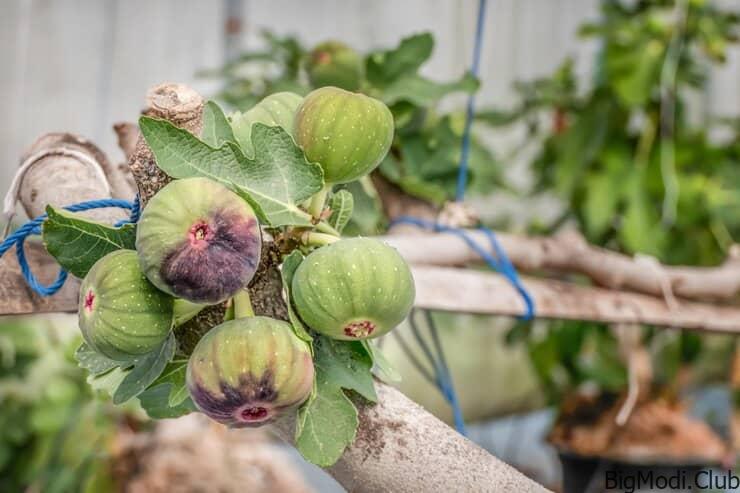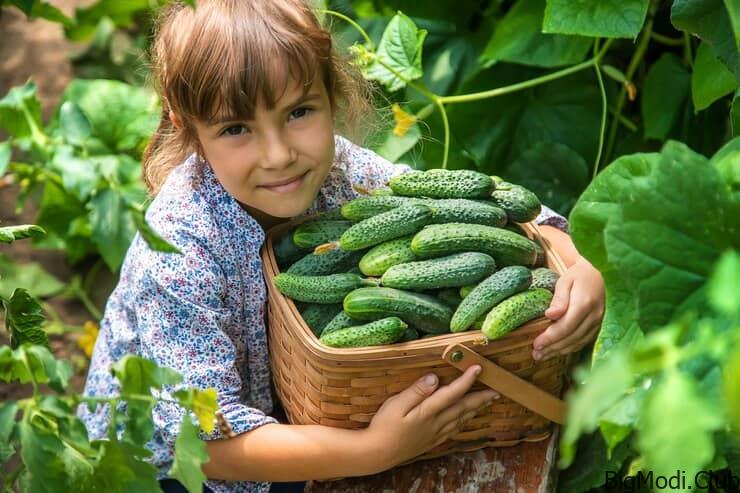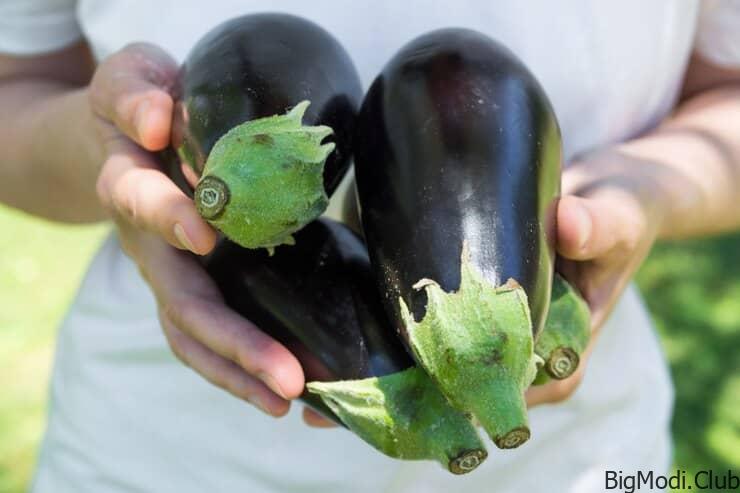Growing bitter melon (Momordica charantia), also known as bitter gourd, can be an immensely rewarding endeavor for both seasoned gardeners and beginners alike. This unique and nutritious vegetable thrives with minimal input, making it an excellent choice for home gardens. One of the most effective and eco-friendly ways to cultivate bitter melon is by using organic kitchen waste as a natural fertilizer. This article delves into the comprehensive steps to grow bitter melon successfully using organic waste, ensuring a bountiful harvest.
Why Choose Bitter Melon?
Bitter melon is renowned for its numerous health benefits, including its ability to regulate blood sugar levels, improve digestion, and boost the immune system. Rich in vitamins A and C, iron, and calcium, this superfood is a valuable addition to any diet. Furthermore, growing bitter melon is relatively straightforward, making it an ideal crop for beginners.
Understanding Organic Kitchen Waste
Before diving into the planting process, it’s essential to comprehend what constitutes organic kitchen waste and why it is beneficial for your garden. Organic kitchen waste includes fruit and vegetable scraps, coffee grounds, eggshells, and other biodegradable materials. These wastes decompose over time, enriching the soil with essential nutrients, improving soil structure, and enhancing moisture retention.
Preparing Your Garden Bed
Selecting the Right Location
Bitter melon thrives in warm, sunny conditions. Choose a location that receives at least six to eight hours of sunlight daily. Ensure the soil is well-drained to prevent waterlogging, which can lead to root rot.
Soil Preparation
Prepare your garden bed by incorporating organic kitchen waste into the soil. Start by digging a trench about 12 inches deep. Layer the trench with a mixture of kitchen scraps, avoiding meat and dairy products, as they can attract pests. Cover the scraps with a layer of soil to promote decomposition and minimize odors. This method, known as trench composting, creates a nutrient-rich foundation for your bitter melon plants.
Planting Bitter Melon Seeds
Choosing Quality Seeds
Select high-quality bitter melon seeds from a reputable source. Heirloom or organic seeds are preferable as they are more likely to produce vigorous and disease-resistant plants.
Seed Germination
Soak the seeds in warm water for 24 hours before planting to enhance germination rates. Sow the seeds directly into the prepared garden bed, planting them about one inch deep and spacing them 18 to 24 inches apart to allow ample room for growth.
Optimal Planting Time
Bitter melon is a warm-season crop, so it is best planted in late spring or early summer when the soil temperature is consistently above 70°F (21°C). This ensures optimal growth conditions for the seedlings.
Caring for Your Bitter Melon Plants
Watering
Bitter melon plants require consistent moisture but should not be waterlogged. Water the plants deeply once or twice a week, depending on rainfall and temperature. Mulching around the plants with organic material such as straw or leaves helps retain soil moisture and suppress weeds.
Fertilization
As the plants grow, continue to feed them with organic kitchen waste. You can create a compost tea by steeping kitchen scraps in water for several days and then using the strained liquid to water your plants. This provides a nutrient boost and encourages robust growth.
Support and Training
Bitter melon vines can grow quite long and benefit from vertical support. Use trellises, stakes, or fences to train the vines upward, which improves air circulation, reduces disease risk, and makes harvesting easier.
Pest and Disease Management
Common Pests
Bitter melon plants can be affected by pests such as aphids, cucumber beetles, and squash bugs. Monitor your plants regularly and use organic pest control methods, such as neem oil or insecticidal soap, to keep these pests at bay.
Disease Prevention
To prevent fungal diseases, avoid overhead watering and ensure adequate spacing between plants for good air circulation. If you notice any diseased leaves, remove them promptly to prevent the spread of infection.
Harvesting Bitter Melon
When to Harvest
Bitter melon is typically ready to harvest 70 to 90 days after planting. The fruits should be harvested while they are still green and immature, as overripe bitter melon becomes overly bitter and less palatable.
Harvesting Technique
Use a sharp knife or pruning shears to cut the fruits from the vine, leaving a small stem attached. Regular harvesting encourages the plant to produce more fruit throughout the growing season.
Using Organic Kitchen Waste for Sustainable Gardening
Composting
In addition to trench composting, you can create a compost pile or bin for continuous organic waste recycling. Turn the compost regularly to aerate it and speed up decomposition. Well-maintained compost can be used as a rich, organic fertilizer for all your garden plants.
Vermicomposting
Consider vermicomposting, which involves using earthworms to break down organic waste into nutrient-rich compost. Worm castings are an excellent soil amendment, enhancing soil fertility and plant health.



